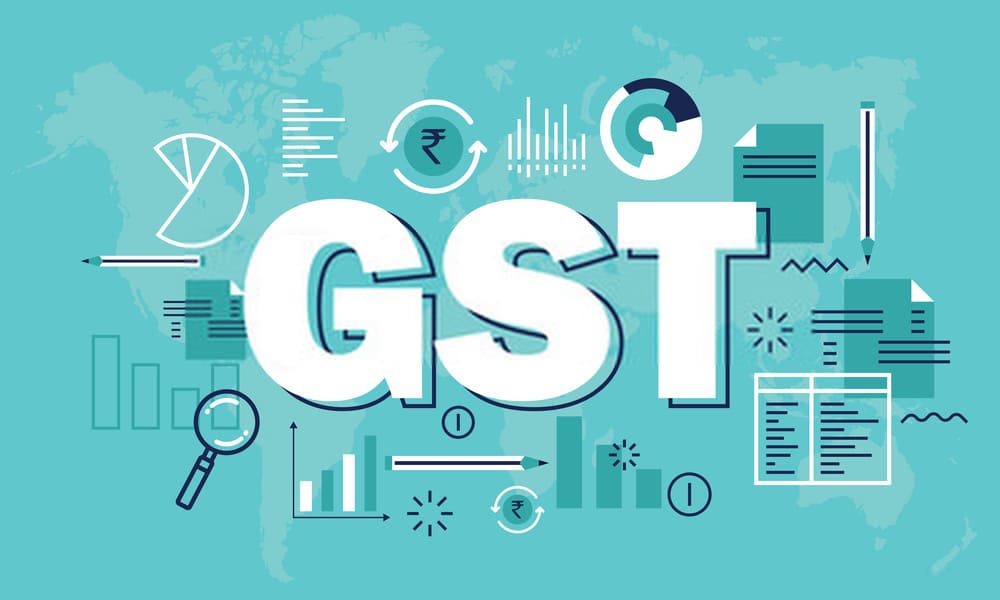A major breakthrough was achieved in the last GST Council meeting held on 16th January and the Deadlock over administration of GST ended, as the Centre bowed down to the States demanding control over most of small taxpayers. The Centre changed its stands on the horizontal division of assesees. A common man may be wondering what this is all about. If there is One Nation-One Tax, what are the Centre and States fighting for? If the Tax structure under GST regime is going to be purely compliance based and the States – Centre are going to share the Tax kitty, what difference it makes, who control whom? The split of GST taxpayers between the State and Centre will be done horizontally with states getting to administer and control over 90 per cent of the asseesses below Rs 1.5 crore annual turnover, and the remaining less than 10 per cent coming under the Centre.
However, many bottlenecks are in the pipeline and many unforeseen issues might come as speed breakers before the D-day. 1st july 2017. As for the new taxpayers who want to start a business, it is yet not known, who will administer him and where will be apply. Further, once an assesee crosses a turnover of 1.50Crores in mid of a financial year, will his control continue to be vested in the states or shifted to the centre? If so, what about the audit of period before and after he crosses the threshold limit of 150 lakhs.
It is pertinent to note that small scale industry manufactures having turnover below 150 lakhs are traditionally exempted under current Central Excise regime too. Thus for the Centre, it makes no difference if the States administer or control these taxpayers. However, these small taxpayers were already paying VAT and were under states control. Again as regards the Traders, the Centre controls only a handful of them who wish to pass on the Cenvat Credit to their buyers, known as “Registered Dealers”. This is a negligible figure in light of the total no of taxpayers. In fact, now, 50 percent of traders who are having turnover of more than 150 lakhs will be controlled by the Centre. This will be a new subject of the central government officers to handle as they are not having any exposure or experience to handle this fraternity. On the other hand, the major impact is on Service Sector, as approximately 93 percent of the Service tax payers are having turnover below 150 lakhs. Thus the states will have to deal with a subject where the centre has its expertise and states lack experience and expertise to handle service sector. Since its inception in 1994, the Centre and slowly and steadily learned the art of handling service sector, but now this responsibility will be on the States, and they may have to learn from scratch. Experts in this flied feel that,Lack of experience and expertise may lead to unnecessary litigations and conflicts. In this Tug-o-war between States and Centre, it is the taxpayer who will ultimately suffer.
